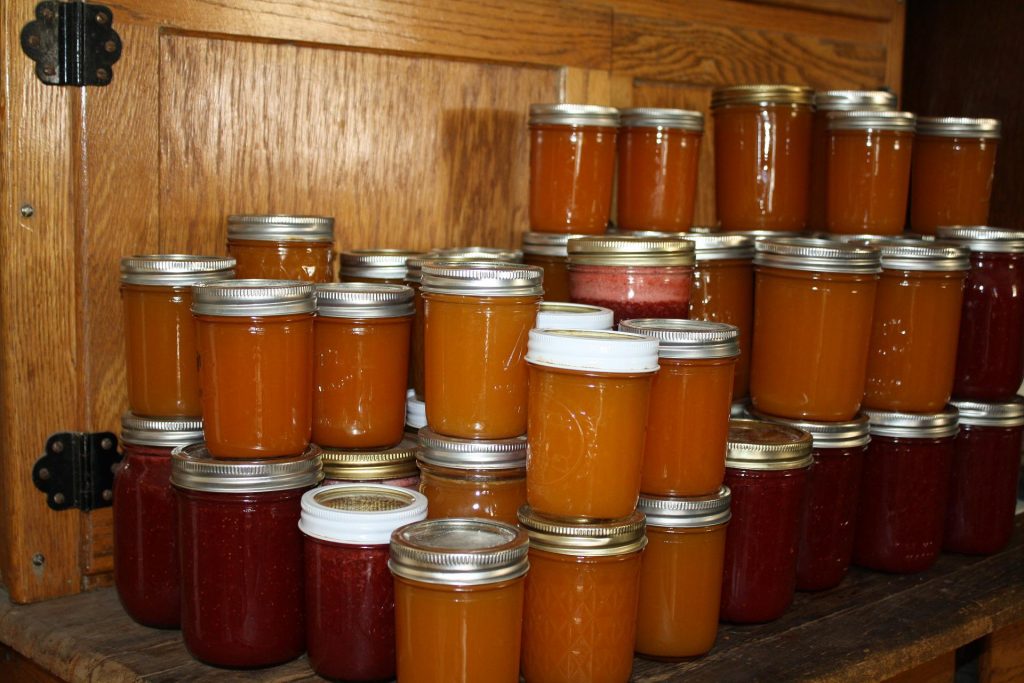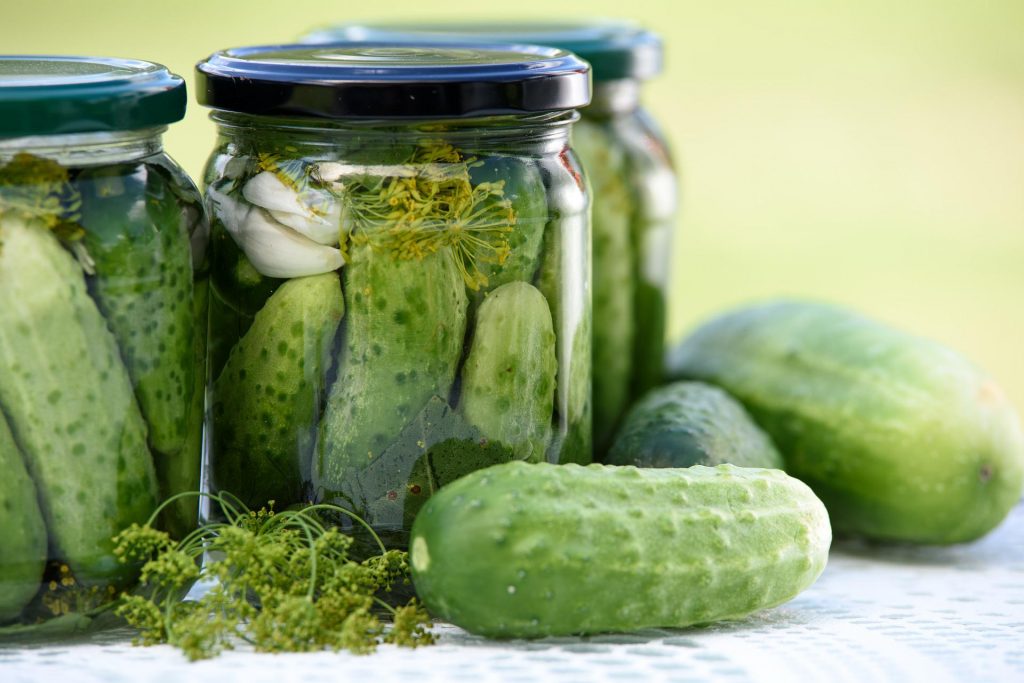I wish I knew more about Canadian history. It’s not that I don’t try to educate myself, but I seem eternally (preternaturally?)* stuck on the modern-day treadmill of too much to do and too little time.
Anyway, today I decided to research the origins of Labour Day in Canada.
It all started in 1872, when print workers in Toronto went on strike to demand a 9-hour work day. They’d been asking for three years, but the city’s publishers ignored them.
On March 25, Toronto’s print workers walked off the job. Their employers retaliated. Led by Liberal politician George Brown, they simply hired replacement workers from neighbouring towns.
George Brown was the founder and publisher of the Toronto Globe (now The Globe and Mail). The day after the walk-out, he had the 24 strike leaders arrested and charged with criminal conspiracy.
Unions were illegal in those days, and union activity was criminal. But arresting the strikers only stirred up community support.
Canada’s economy was becoming increasingly industrialized. People were being replaced by machines and mechanized work processes, and workers could easily be replaced if they spoke out against low wages, long hours and terrible working conditions.
But enough was enough.
On April 14, 1872, 2,000 workers marched through the streets of Toronto in solidarity with the strikers. By the time the parade reached downtown’s Queen’s Park, 10,000 people were marching—one tenth of Toronto’s population!
Prime Minister John A. Macdonald—no friend of George Brown—saw political advantage in supporting the workers. Four days after the march, Macdonald introduced the Trade Union Act, which legalized unions in Canada.
Toronto’s print workers didn’t immediately achieve their goal of a shorter work day. But their leaders were released from jail and the labour movement they had launched continued to grow.
Today even 9-hour work days are a relic of the past. And Canadians workers have the right to safe workplaces, fair treatment, decent working conditions and fair pay. That’s something to celebrate!
Labour Day—the first Monday of September—was declared a national holiday in 1894.
When I was a kid, the Labour Day holiday meant school would be starting again. What excitement!
This year, I’ll use the holiday to catch up on summer canning. (I see crabapple jelly and dill pickles in my near future.) And I’ll raise a glass to the print shop heroes who started it all.
By the way, George Brown died a tragic death.
On March 25, 1880—coincidentally, the 8th anniversary of the print workers’ strike—Brown was in his office when he was shot in the thigh by an unwelcome intruder. The wound became infected and resulted in Brown’s death on May 9, at the age of 61.
The shooter was George Bennett, a Globe employee who had been fired for drunkenness. Brown didn’t know the man. Bennett was hanged at the Don Jail on July 23, 1880.
*It seems today’s stars aligned for me to expand my vocabulary as well as my store of historic lore. The word preternaturally came to mind as I penned this sentence, but I wasn’t exactly sure what it meant. “Outside the normal course of nature; extraordinary; supernatural”—says my trusty dictionary. There’s nothing supernatural about being too busy, but I don’t think it’s normal either.

